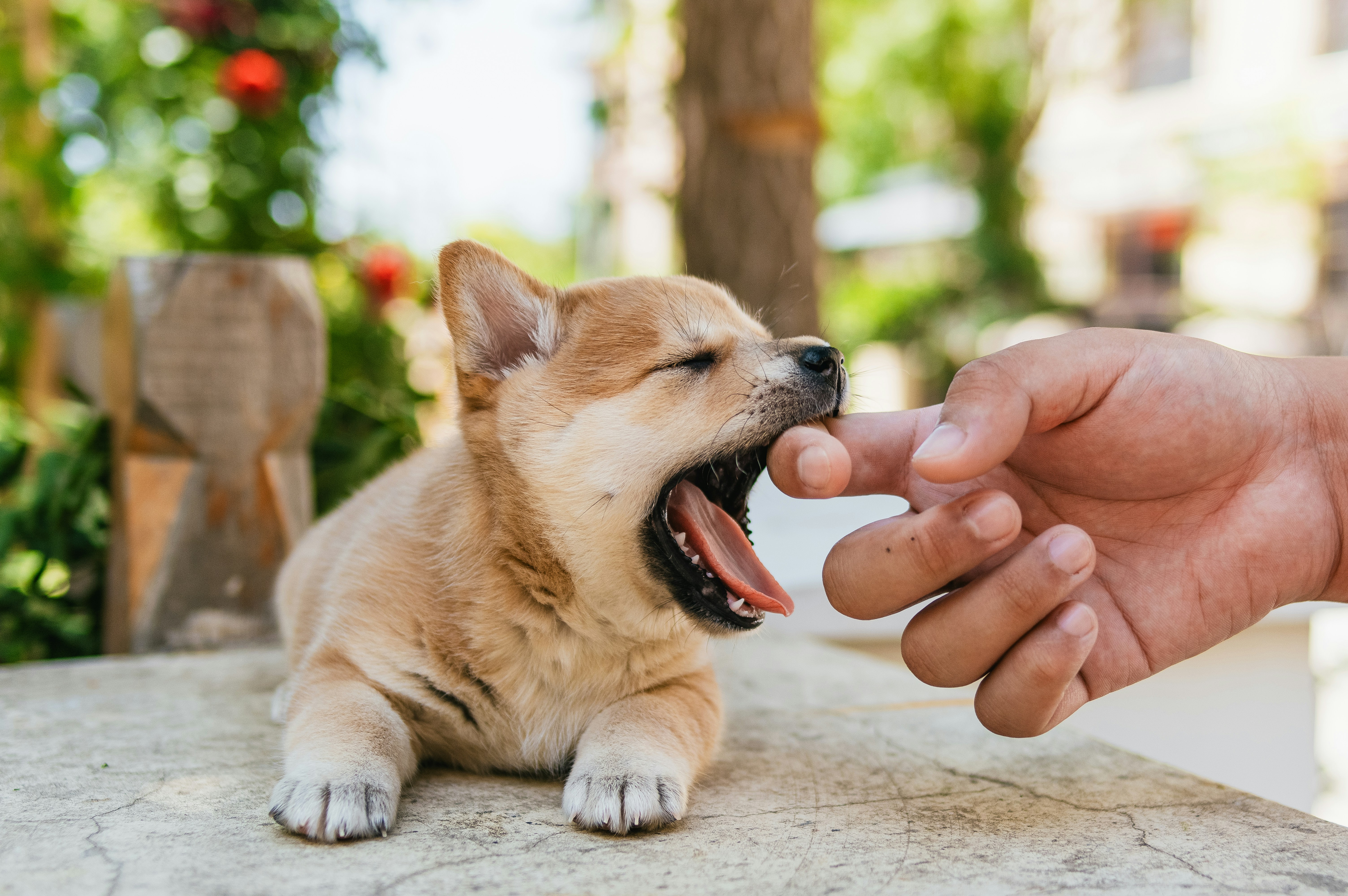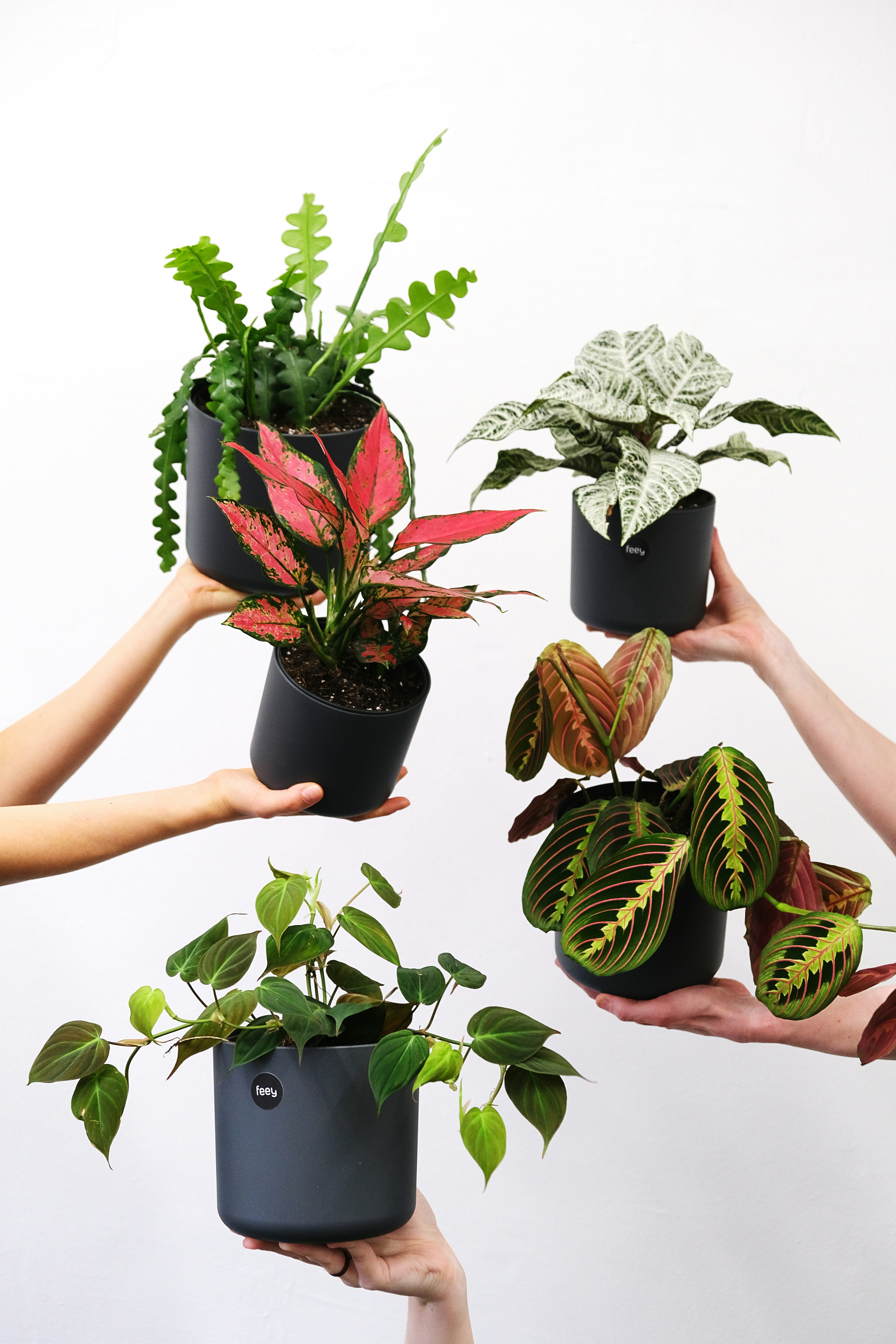Biophilia in Pet Environments: Transform Training & Wellbeing
Have you ever noticed how your pet thrives in lush, green spaces? This connection to nature, rooted in biophilia, not only enriches their surroundings but can also substantially enhance their training and overall wellbeing. Biophilia, the innate tendency to seek connections with nature, has implications that extend beyond merely feeling good—especially when applied to our pets' environments. By harnessing nature-inspired spaces, we can create an enriching backdrop for effective training and improved mental health for our furry companions.
Understanding Biophilia and Its Relationship with Pets
Biophilia wasn't just a buzzword coined by environmentalists; it taps into something deeply fundamental within all living beings. As someone who has spent years studying animal behavior and environmental psychology, I've observed countless pets displaying signs of happiness and calmness in natural settings. Pets, just like humans, benefit from environments that resonate with the innate pull towards nature.
This captivated me so much that I started exploring how we can actively integrate biophilic principles into our pet care routines. The benefits extend to mental stimulation, enhanced training outcomes, and overall better emotional health. For instance, did you know that incorporating natural elements into your pet’s training environment can lead to faster learning and higher retention? Let’s delve deeper into how we can create nature-inspired spaces that bring out the best in our pets.
Designing Biophilic Spaces: Practical Tips
Nature doesn't merely exist outside our four walls; it can be brought inside as well. Here are some practical tips for integrating biophilia in your pet care routines:
1. Utilize Natural Materials
When designing spaces for your pet, embrace natural materials such as wood, stone, and plants. They not only enhance the aesthetic but also evoke a sense of calm. For instance, think about choosing a beautiful wooden pet bed that brings a piece of nature indoors while providing comfort.
2. Incorporate Plants Wisely
Plants inject life into spaces and can positively affect the mood of both pets and their owners. However, not all plants are pet-safe! Opt for plants like spider plants, Boston ferns, and Areca palms which are known to be non-toxic. Creating a sensory garden can spark curiosity and engagement. Pair this with the insights from our post on creating a sensory garden for pets to delve into pet-friendly flora.
3. Introduce Natural Light
Natural light has profound effects on mood enhancement and overall mental health. Ensure your pet’s space has access to sunlight. This can be a cozy corner by a window where they can bask in the warmth while keeping their anxiety levels in check.
4. Soundscapes of Nature
Ever noticed a pet relaxing to the soft rustle of leaves or birds chirping? The sounds of nature provide an auditory backdrop that fosters relaxation during training and playtime. From rustling leaves to trickling streams, consider utilizing nature’s soundtrack to bolster your training sessions, as detailed in our piece on enhancing pet training with soundscapes.
5. Create a Multi-Sensory Environment
Nature-inspired training doesn’t just involve sight or sound—it engages all senses. Offering tactile experiences can boost cognitive function. Create sensory zones with different textures, like rough bark, soft grass, and smooth stones. This can significantly enhance your pet's cognitive skills and emotional connectivity.
6. Outdoor Training Sessions
Making outdoor training a staple not only allows your pets to connect with nature but also promises physical exercise. The great outdoors can serve as an expansive classroom filled with distractions that provide excellent training opportunities. It puts your pet’s focus and mindfulness into practice, teaching essential skills in a positive environment. Explore our insights on making the most of outdoor training for ideas.
Connection Between Nature and Training Outcomes
Studies have shown that pets trained in natural environments exhibit reduced stress levels, increased engagement, and faster learning rates. It’s remarkable how merely shifting the environment can yield dynamic results in behavior.
Enhanced Focus and Reduced Stress
Being amongst nature can significantly reduce stress levels in pets, echoing the calming impact on humans. Calm spaces free from loud noises or excessive stimuli allow pets to focus and engage better during training sessions. This principle is not just theoretical; it is grounded in positive reinforcement techniques that align with nature-inspired methodologies.
Nature’s Role in Improving Pet Wellbeing
Tapping into biophilia offers more than just training benefits; it plays a crucial role in improving the overall wellbeing of our furry companions.
Animal Behavior and Wellbeing
Pets that frequently interact with natural environments exhibit improvements in both physical and mental health. Regular exposure to nature fosters emotional healing, helps to alleviate anxiety, and can improve their social behavior.
Mental and Emotional Stimulation
Let’s go a step further—biophilic environments are paramount for mental and emotional stimulation. Creative experiences promote engagement, allowing pets to explore various textures, sounds, and scents, all crucial aspects of their mental wellbeing. This concept is elaborated in our article on fostering emotional intelligence in pets.
Creating a Holistic Training Environment
So how do we wrap all these elements together? A holistic approach to training environments, integrating biophilic elements, results in better learning outcomes for pets. Here’s how:
1. Integrate Routine with Nature Breaks
Incorporate regular nature breaks to facilitate emotional balance and wellbeing. For instance, after a training session, reward your pet with time outdoors, letting them enjoy the sights and sounds of nature.
2. Use Nature-Inspired Rewards
Add nature-inspired rewards into your pet training regimen. This could include scent trails that result in treats or toys at the end, which not only enhances their experience but also incentivizes learning.
3. Reflect and Adjust
Watch how your pet reacts to different aspects of their environment. Are they more engaged in a sunny corner or when surrounded by plants? Use this feedback to adjust their spaces and routines.
Emphasizing Trust and Communication with Your Pet
Building a trustworthy relationship with our pets can be greatly enhanced through biophilic principles. The bond formed in a natural environment fosters communication and connection—essential elements in training.
Engaging All Ages
Let’s not forget that nature and outdoor experiences are beneficial for pets of all ages. Whether you have an energetic pup or a mellow senior, the right environment can cater to their needs, ensuring they are stimulated within their capacity.
Next Steps
As we wrap up our exploration of biophilia and pet care, I encourage you to take small steps towards creating a nature-infused training environment for your furry companions. It doesn’t take a complete overhaul—start small! Incorporate a few plants, reorganize your space to capture natural light, or take training sessions outdoors.
A Thought for the Future
With the increasing evidence supporting the benefits of biophilic design, I foresee more pet training techniques intertwining these principles, creating enriching environments that cater holistically to our pets. Remember, our pets thrive on our love, patience, and an environment that resonates with nature.
Keep the conversation going—share your experiences on how nature has improved your pet’s training and wellbeing. Don't miss out on the numerous resources we offer to educate you further on enhancing your pet care practices! Links to articles such as gamifying pet training and transforming pets’ behavior with a calm space might be a good start.









